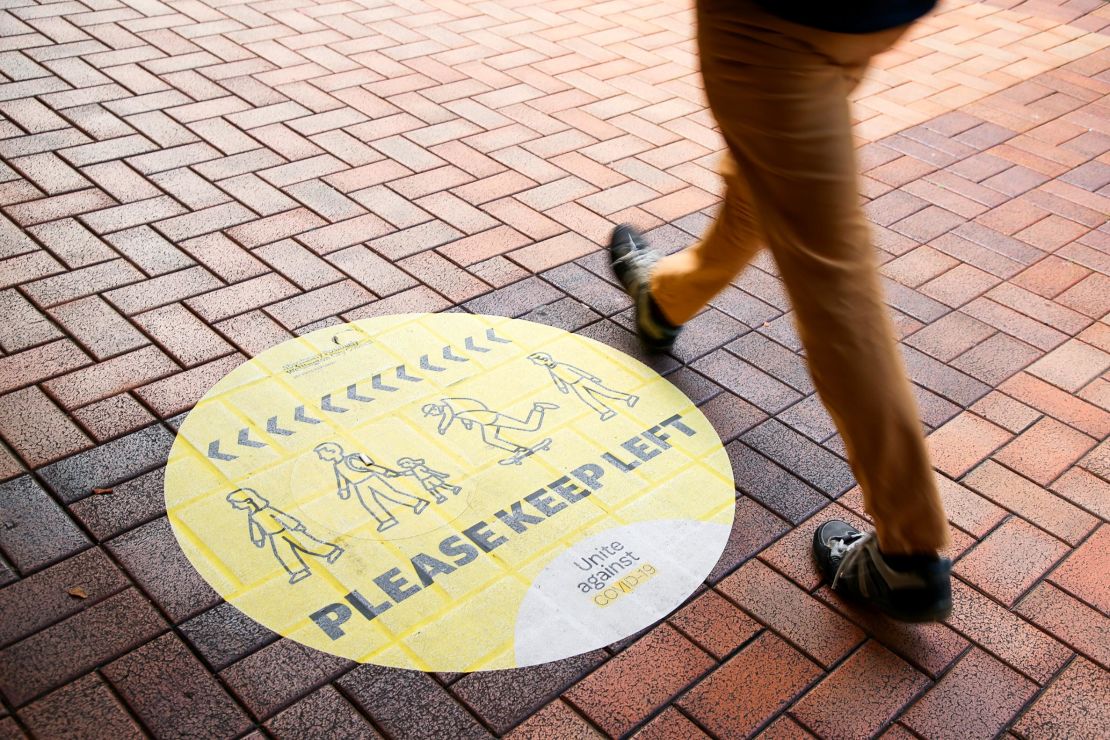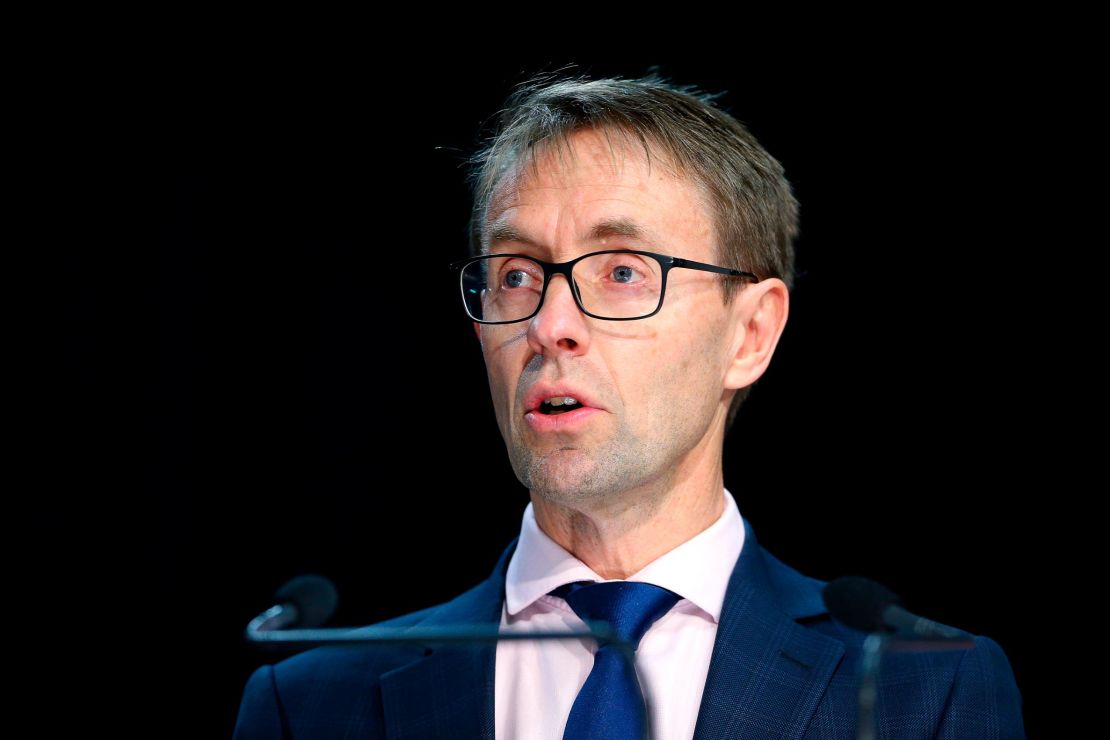New Zealand has extended a lockdown in its most populous city as the country battles a fresh community coronavirus outbreak that comes after months without anylocally transmitted cases.
Only five days ago, New Zealand was marking an enviable milestone – 100 days without any community transmission. But this week has demonstrated how fast that can change, even in a country like New Zealand which has been held up as a world leader for its handling of the virus.
On Friday, Prime Minister Jacinda Ardern announced that Auckland – the city of around 1.5 million people at the center of the new outbreak – will remain under a level three lockdown for another 12 days, while the rest of the country stays under level two restrictions, meaning gatherings are limited to no more than 100 people. The rules extend restrictions that came into effect earlier this week.
Under level three restrictions, people will be told to stay home aside for essential personal movement, schools will operate at limited capacity, and public venues such as museums, playgrounds and gyms will remain shut.
The fresh outbreak is a blow for New Zealand. The country already spent five weeks under one of the world’s strictest lockdowns,which closed most businesses and schools, and saw people stay at home.
Ardern has warned she expects to see more cases.
“Lifting restrictions now and seeing an explosion of cases is the worst thing we could do for Auckland and for the New Zealand economy,” she said. “We have got rid of Covid before … We can do all of that again.”
Earlier Friday, New Zealand’s Director General of Health Dr. Ashley Bloomfield announced another 12 locally-transmitted coronavirus cases. There are now 49 active cases in New Zealand to 49, 29 of which are linked to the recent outbreak.
The cases are all in Auckland apart from two in Tokoroa, a town of 24,000 about 200km (124 miles)south of the city. According to the Ministry of Health, these two tested positive after a visit from a contact of one of the Auckland cases.
In a press conference Friday, Bloomfield said that 771 close contacts of the confirmed cases had been identified, and more than 15,700 tests had been processed on Thursday – the highest number of tests processed in a single day in the country.
Since the start of the outbreak, New Zealand has conducted more than 500,000 tests. It has reported a total of 1,251 coronavirus cases, including 22 deaths.

What caused the outbreak?
There’s still a major, unanswered question: How did this outbreak happen?
The remote island nation imposed strict border controls back in March, meaning that, for the most part, only New Zealanders are allowed into the country – and those who do arrive from abroad need to spend 14 days in state quarantine facilities. According to the Ministry of Health, 68% of New Zealand’s cases are imported or linked to imported cases.
One possible cause of this latest outbreak is that coronavirus somehow got out of New Zealand’s state quarantine facilities. That’s what Deputy Prime Minister Winston Peters told Australian national broadcaster ABC, saying: “I think there has been a breach in our quarantine system.”
There have been breaches in New Zealand before – in July, a man cut through a fence at a managed isolation facility to visit a liquor store, and another man who later tested positive for coronavirus broke out of a facility and visited a supermarket. Quarantine facility breaches were linked to an outbreak in the Australian state of Victoria, which is currently under lockdown.

So far, authorities haven’t found a match between the genome involved in this latest outbreak and any cases in managed isolation facilities. Bloomfield said the new cases most closely resemble the genome patterns from the United Kingdom and Australia.
Bloomfield thinks the outbreak could have come in through the isolation facilities rather than being in present for months in New Zealand.
“I think there’s very good evidence to suggest that it hasn’t been lurking in the community,” he said. Ardern said Friday that the strain in the new outbreak is not the same as one that previously existed in New Zealand.
Authorities are also testing samples from surfaces at Americold, an American temperature-controlled warehouse company where one of the original four to test positive worked. A number of cases have been linked to the company.
But Ardern said that, for now, authorities did not know how the outbreak happened.
“We do not necessarily need to answer that question to deal with this cluster effectively,” she said.

How New Zealand compares
New Zealand’s fresh outbreak has drawn parallels with Australia and Hong Kong – both places that imposed strict border measures when they had low infection numbers and appeared to have the virus under control, only to experience a reemergence of the virus.
In the Australian state of Victoria, a lockdown has been imposed and a curfew put in place in Melbourne. As of Thursday, Victoria – a state of around 6 million people – had more than 7,800 active cases of coronavirus, and 275 deaths.
In Hong Kong – home to around 7.5 million people – there are around 1,000 active cases, including 32 in a critical condition. Sixty-six people have died. Despite the current outbreak, the city has not imposed a lockdown, although people must wear masks in public or face a fine, public gatherings are limited to two people, and restaurants and bars must close at night except for takeaways.
On Thursday, Ardern noted that New Zealand had imposed restrictions within 24 hours of the first new community coronavirus cases – a response which she said was faster than in Hong Kong or Victoria.
“The pace and speed should also act as an extra layer of reassurance,” she said Thursday, before reiterating the mantra she has been saying since the start of the outbreak: “Going hard and early is still the best course of action.”
CNN’s Isaac Yee contributed to this story.





